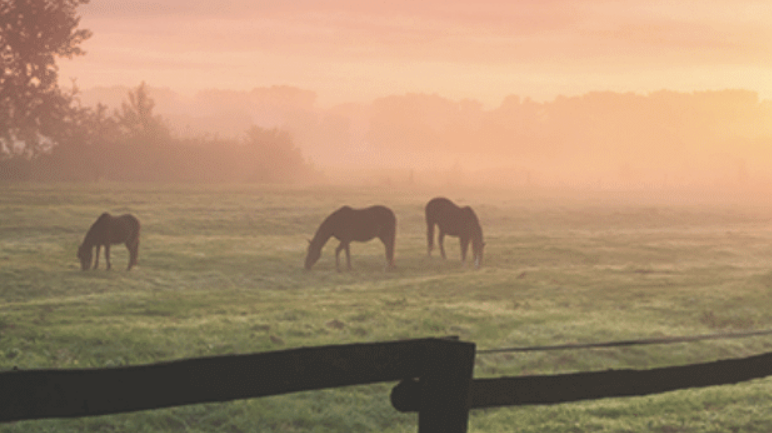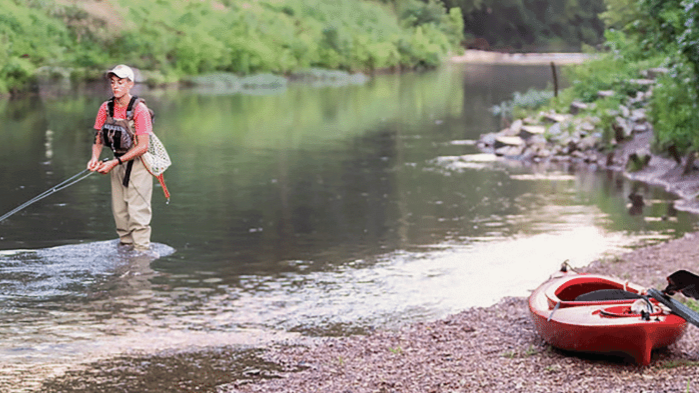 “The risk of losing Middle Tennessee’s iconic rural lands, agricultural production, and scenic landscapes is very real and is affecting all drinking water supplies and water quality” (The Tennessean, May 17, 2018 Cover Story).
“The risk of losing Middle Tennessee’s iconic rural lands, agricultural production, and scenic landscapes is very real and is affecting all drinking water supplies and water quality” (The Tennessean, May 17, 2018 Cover Story).
Rural land is rapidly disappearing in middle Tennessee—regional planning is needed to preserve our rich history, farmland, waterways, and clean water, not to mention alleviate traffic!
Middle Tennessee is growing rapidly with almost 100 new residents a day, surpassing growth projections for 2020! At this rate, the region will have 3 million people and their cars by 2040, up from the current 2 million. A startling result is that rural land is disappearing at the rate of almost 20 acres per day! Yet, these farm and natural lands have real economic value. Middle Tennessee farms and natural lands provide more than $3 billion in ecosystems services – such as cleaning and filtering our air and water and flood protection – not to mention billions in increased property values, agricultural and timber products, and over 175,000 jobs. (These figures are from the University of Tennessee economic study funded by our partner Cumberland Region Tomorrow (CRT).)
Farming is disappearing from the region and many of the remaining large tracts of land are no longer used for farming. The weakened infrastructure for farming threatens agriculture in the region. Since 2002, roughly 260,000 acres of farmland in Middle Tennessee has gone out of production. An additional 120,000 acres have been developed since 1999, and of those newly developed acres, more than half came from farm and forestland (twice the size of Murfreesboro), as reported in the CRT’s commissioned Report to the Region Update 2016.
We Need Your Help to Build County-wide Leadership Groups to Form Consensus on Implementation Strategies
Harpeth Conservancy has a long history of expertise and involvement in helping formulate land use plans, local ordinances (especially with stormwater in developments and stream buffers), and regional planning. Over the past 20 years, numerous land use plans in communities around the Harpeth river region now promote the vision of maintaining rural and agricultural lands and the Harpeth as natural assets. HC experts were the first to identify the unintended consequences of numerous 2014 new state laws that have severely weakened the 20-year old urban growth boundary statute. This law was designed to control massive sprawl. The recent annexation of Williamson county rural land into the town of Thompson’s Station for a high-density residential golf course subdivision was one of several recent proposals that have identified challenges to maintaining rural areas in current county and city growth plans.
Rural areas are important for overall water quality in the Harpeth and waterways around middle TN. One of our urgent priorities is to expand support so we can work with partners to: foster joint efforts among cities and counties in the region, explore ways other communities in the US have handled these challenges, review current planning efforts, form consensus on next steps, and work on their adoption. We need to create a coalition with the farm-to-table movement, agricultural land owners, historic preservation, land preservation, smart growth, and transportation planning interests. We need to work with key local and state leadership to enable coordination of short- and long-term large rural landscape protection efforts and implement in them Tennessee.
Originally printed in Harpeth Conservancy’s “Voices of the Harpeth” newsletter, 2018.
If you are interested in this topic and would like to stay updated on local land use plans, check out our latest blog post about the new Williamson Land Use Plan 2040. You can also click here to see what Harpeth Conservancy has been doing to promote clean water and healthy ecosystems as we enter our 20th year as an organization! Follow us on social media for updates on the new land use plan and more.









